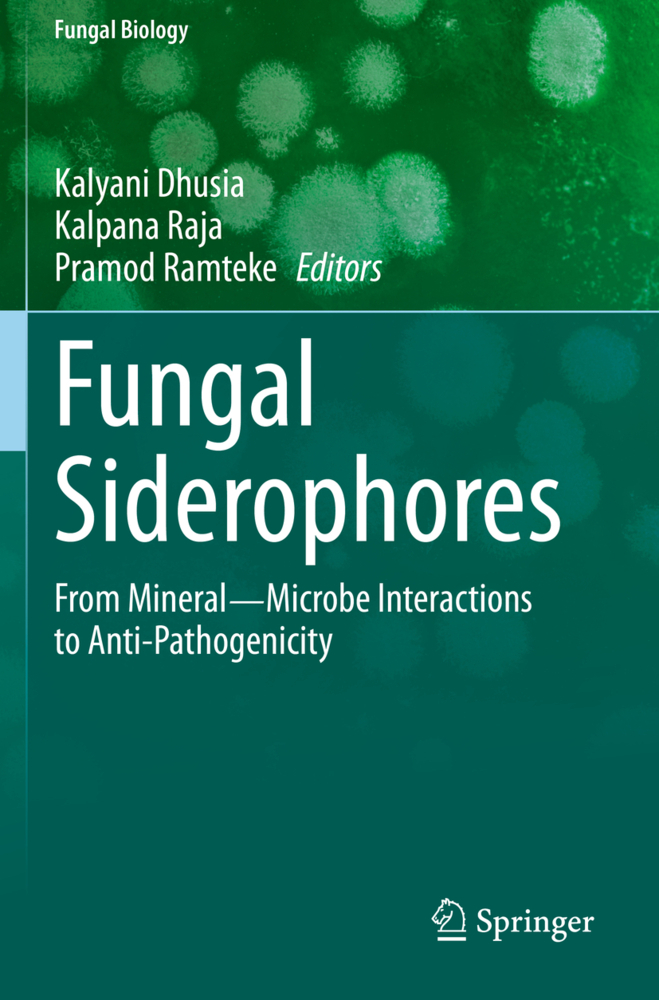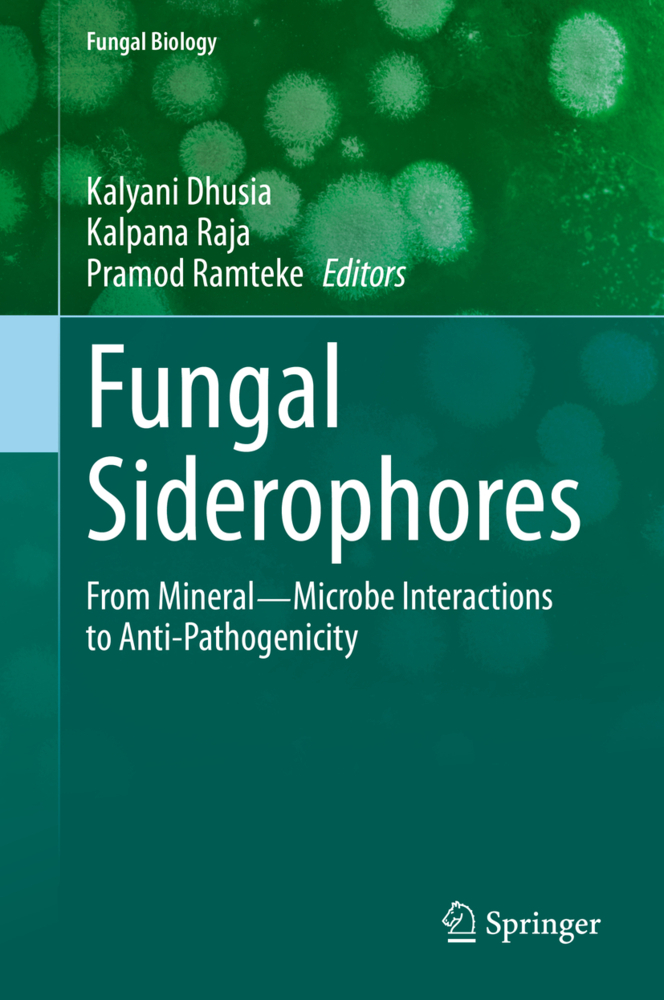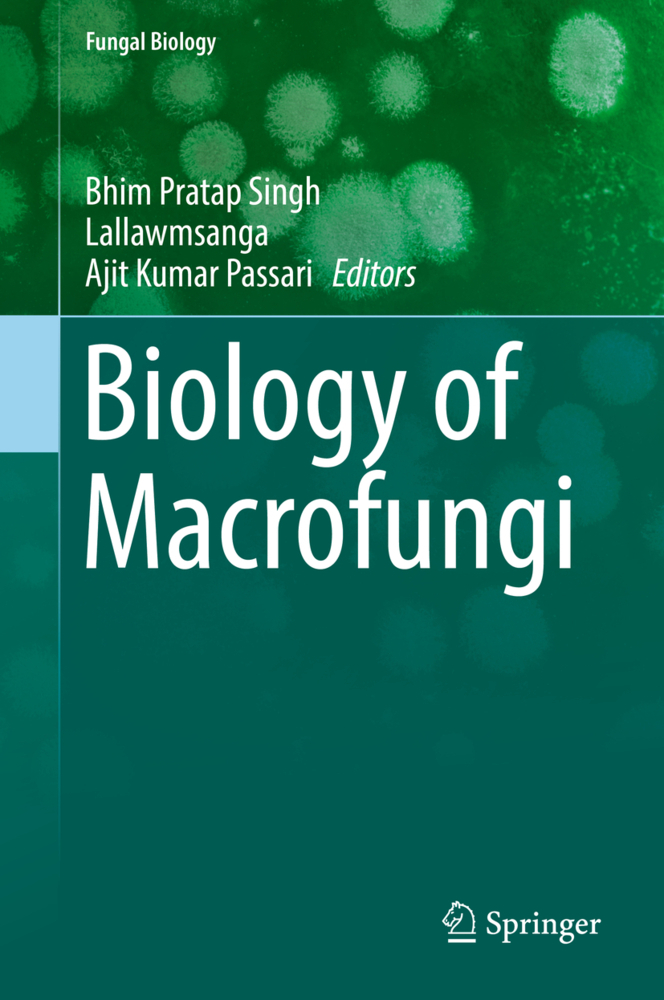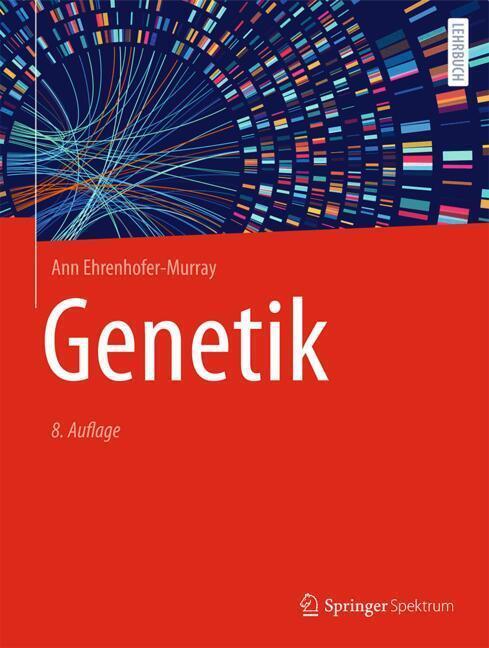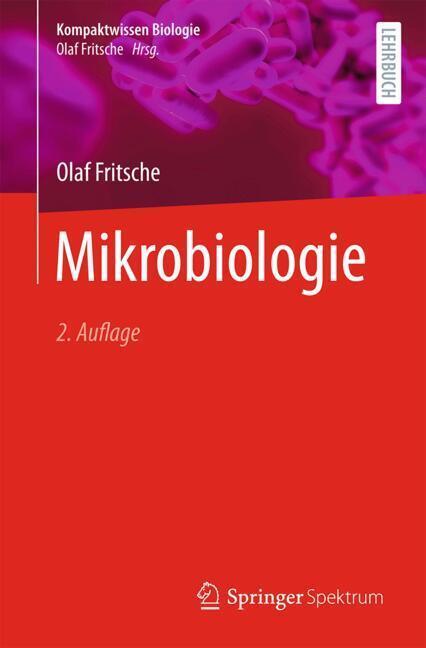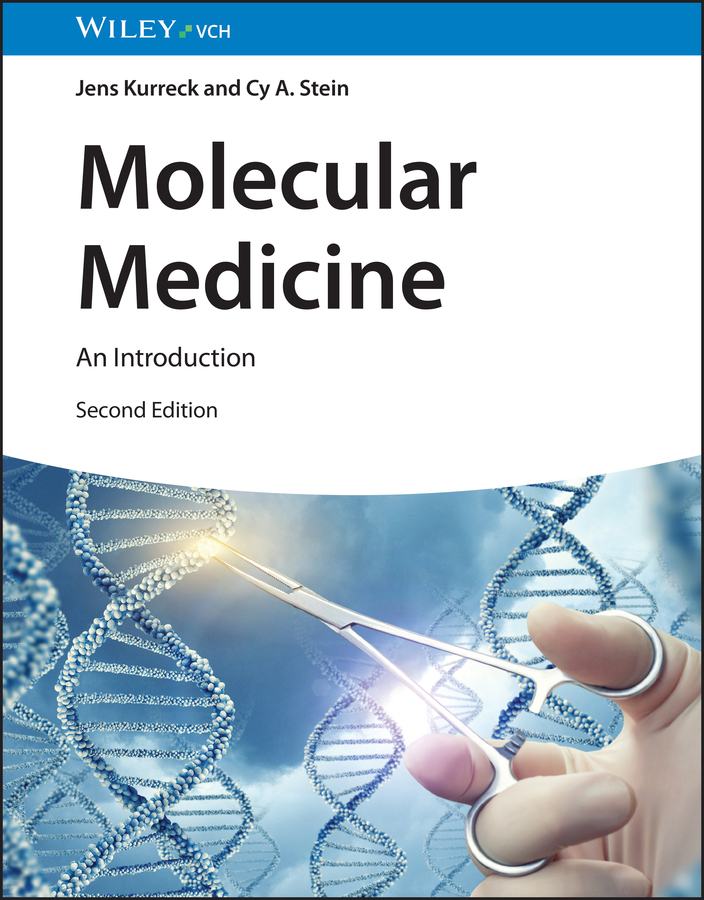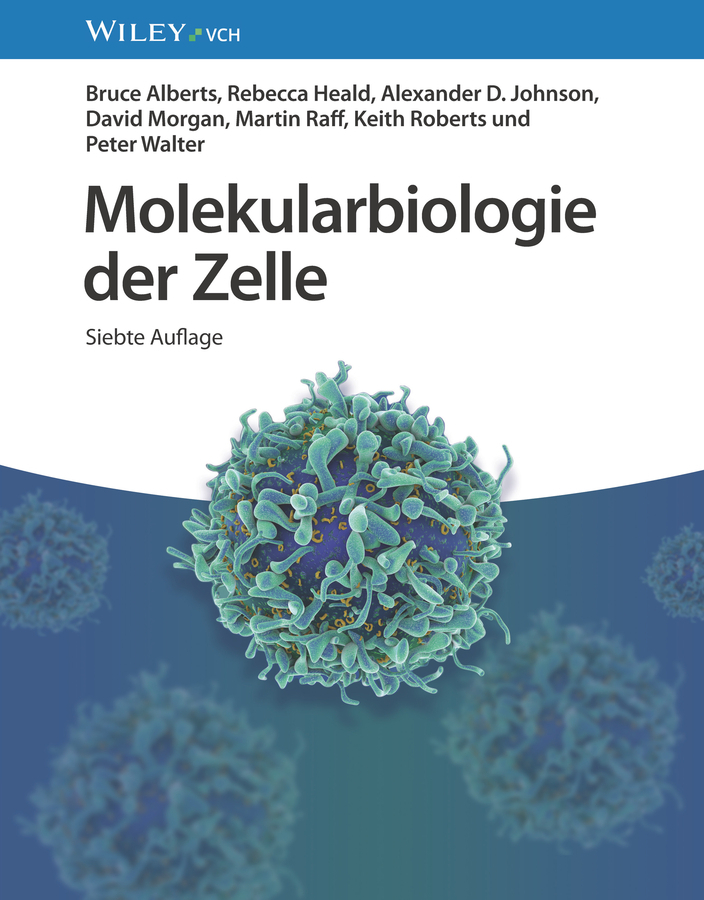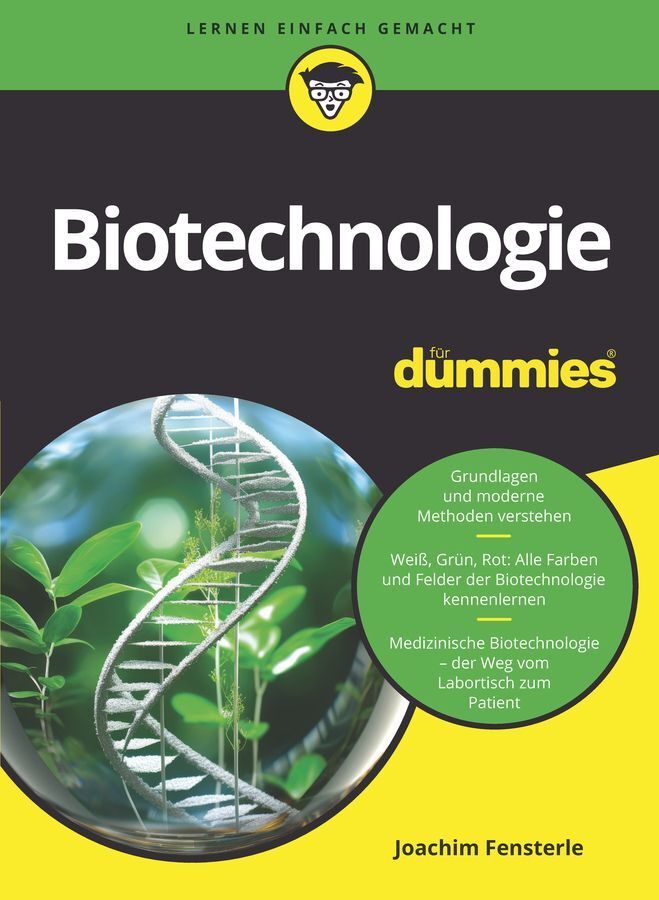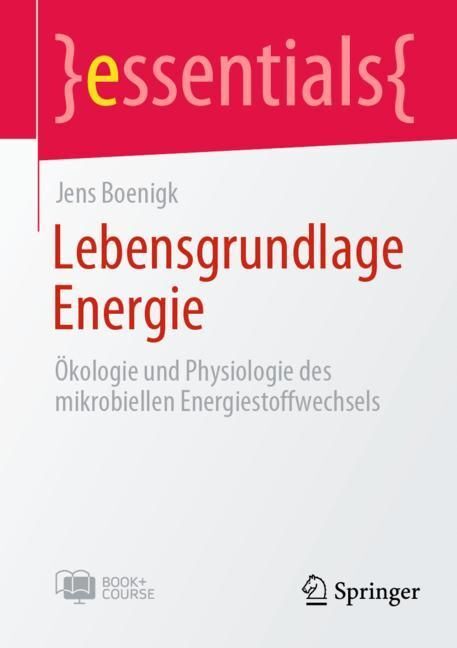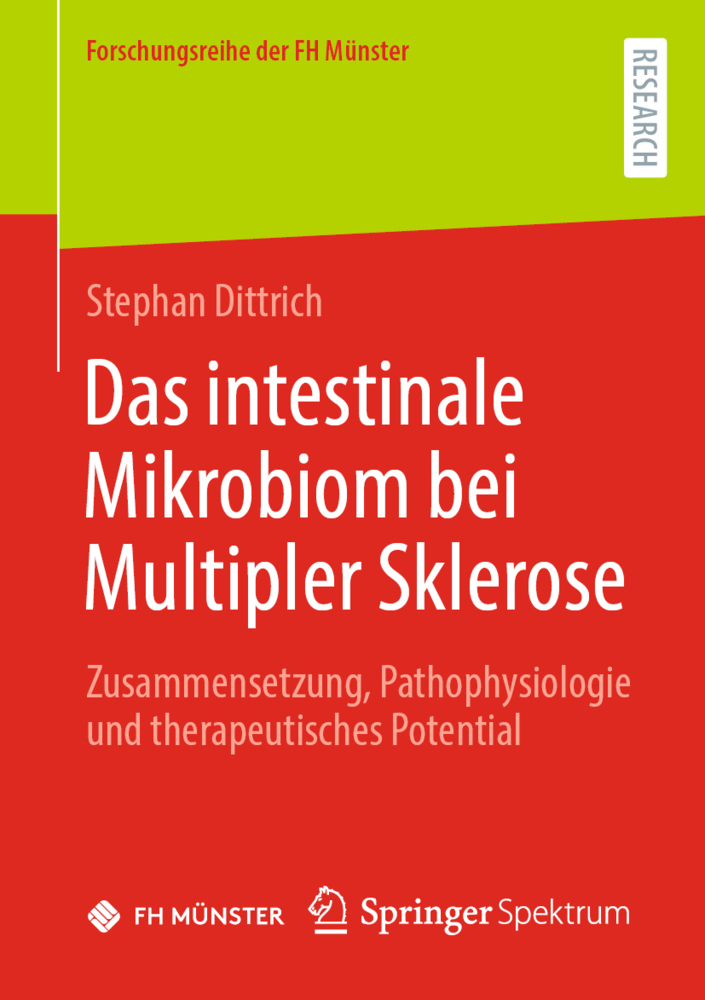Fungal Siderophores
Fungal Siderophores
In the past few decades, it has been realized through research that fungal siderophores epitomize the uptake of iron as well as other essential elements like zinc, magnesium, copper, nickel and arsenic. Understanding the chemical structures of different fungal siderophores and the membrane receptors involved in uptake of mineral ions has opened new areas for research. In this edited volume, recent research is presented on fungal siderophores in one comprehensive volume to provide researchers a strong base for future research.
Siderophores are the low molecular weight, high affinity iron-chelating compounds produced by bacteria and fungi. They are responsible for transporting iron across the cell membrane. Fungi produce a range of hydroxamate siderophores involved in the uptake of essential elements in almost all microorganisms and plants. In recent years, siderophores have been used in molecular imaging applications to visualize and understand cellular functions,which thus provide an opportunity to identify new drug targets. Therefore, knowledge of fungal siderophores has become vital in current research.Siderophores have received much attention in recent years because of their potential roles and applications in various research areas. Their significance in these applications is because siderophores have the ability to bind a variety of metals in addition to iron, and they have a wide range of chemical structures and specific properties. For instance, siderophores function as biocontrols, biosensors, and bioremediation and chelation agents, in addition to their important role in weathering soil minerals and enhancing plant growth.
This book focuses on siderophores with the following significant points. It discusses leading, state-of-the-art research in all possible areas on fungal siderophores. The contributors are well-known and recognized authorities in the field of fungal siderophores. It discusses aprojection of practical applications of fungal siderophores in various domains. This is the first book exclusively on fungal siderophores.In this comprehensive, edited volume, we show leading research on fungal siderophores and provide the most recent knowledge of researchers' work on siderophores. This book presents in-depth knowledge on siderophores to researchers working in areas of health sciences, microbiology, plant sciences, biotechnology, and bioinformatics.Preface
1. Fungal siderophores: origin, structure and functions2. Fungal siderophore biosynthesis (NRP dependent).- 3. Fungal siderophore biosynthesis (NRP independent)
4. Fungal siderophores and chelation of iron
5. Fungal siderophores and non-iron metal ion complex formation
6. Role of fungal siderophores in control of fungal infections
7. Fungal siderophores and control of bacterial and viral pathogens.- 8. Strategies involving siderophore mediated anti-pathogenicity.- 9. Fungal siderophores in treatment of human diseases
10. Applications of fungal siderophores in remediation of heavy metal contaminated soil
11. Omics implications in fungal siderophores.- 12. Exploring avenues of current research to practical implications
Index
Bibliography.
Dhusia, Kalyani
Raja, Kalpana
Ramteke, Pramod
| ISBN | 978-3-030-53079-2 |
|---|---|
| Artikelnummer | 9783030530792 |
| Medientyp | Buch |
| Copyrightjahr | 2022 |
| Verlag | Springer, Berlin |
| Umfang | X, 216 Seiten |
| Abbildungen | X, 216 p. 60 illus., 43 illus. in color. |
| Sprache | Englisch |

